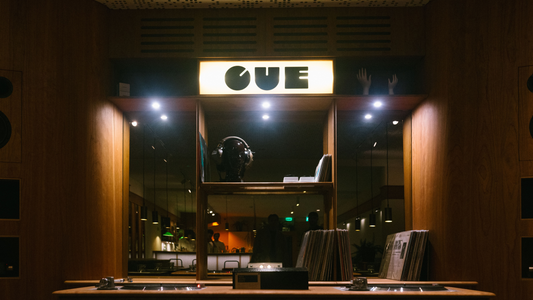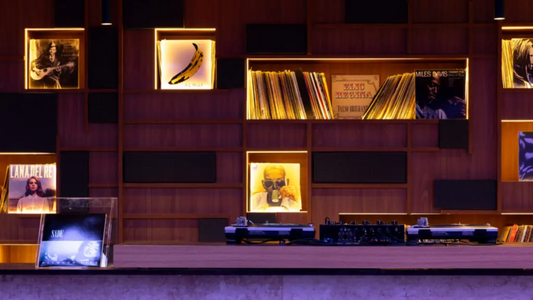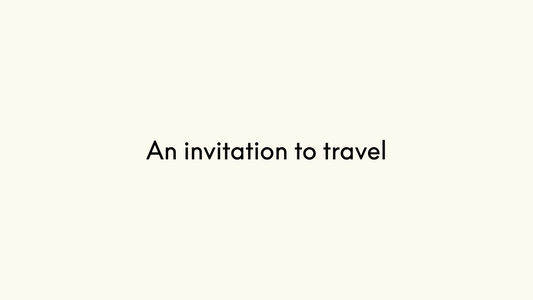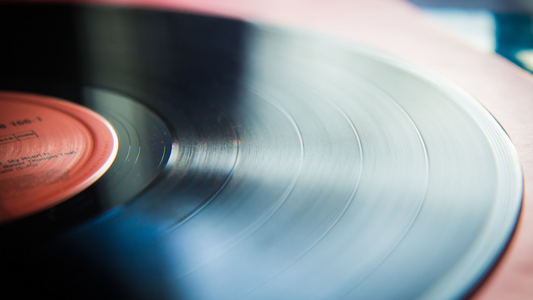
Adam F – Circles (1995)
By Rafi Mercer
There are tracks that become signposts for whole movements, pieces of music that seem to hold an entire culture in their structure. Adam F’s Circles, released in 1995, is one of them. Born out of the drum & bass surge that was reshaping British nightlife in the mid-1990s, it has endured not just as a dancefloor classic but as a listening record — a rare combination of sub-bass weight, jazzy texture, and hypnotic atmosphere. It is a single that feels like an album, a loop that feels infinite, a circle that contains within it the DNA of an era.
The story of Circles is tied to Adam Fenton’s emergence as a producer who wanted to bring musicality into a genre often dismissed as pure adrenaline. Where much drum & bass of the time was built for speed and aggression, Adam F’s approach was subtler. He took inspiration from jazz, funk, and cinematic soundscapes, embedding lush chords and smooth horn lines into a framework of rolling breakbeats and sub-bass frequencies that shook sound systems to their core. The result was a track that could ignite a club but also stand up to repeated listening at home or, decades later, in a bar designed for sound.
Drop the needle on vinyl and the first thing you feel is the bass. It doesn’t just play notes; it inhabits the room, pressing against your chest, rattling the edges of the furniture, testing whether your speakers can truly descend into the subterranean. Then the breakbeat arrives, crisp and skittering, cymbals flicking like sparks, snares cracking with clinical precision. Above this rhythmic grid float chords that are warm, harmonically rich, and open-ended. A trumpet sample drifts in, melodic yet fragmentary, as though a jazz session were bleeding through from another room. The effect is both physical and ethereal, body and mind held in tension.
On a high-fidelity system, Circles reveals layers that casual listening can miss. The texture of the breakbeat — chopped, filtered, stretched — carries grain and movement. The bass is not a single line but a living thing, shifting in resonance and attack. The chords, hovering somewhere between Rhodes and pad, bloom with colour. Played in a listening bar, the track transforms the space. People lean back, conversations slow, and attention turns inward. Unlike some drum & bass tracks that demand movement, Circles allows stillness. Its repetition becomes trance, its groove becomes environment.
What makes the track endure is its balance of opposites. It is both minimal and lush, both driving and suspended, both loop and narrative. Its structure is simple — a few elements circling each other — but within that simplicity lies depth. The repetition is not monotonous but meditative. Each return of the bassline feels slightly different, each breakbeat shuffle re-coloured by what has passed. It is, in the truest sense, a circle: endless but never static.
In the culture of drum & bass, Circles marked a turn. It was a track that found its way beyond pirate radio and underground raves, into more mainstream awareness without losing credibility. It pointed towards the “intelligent drum & bass” of LTJ Bukem, towards the cinematic leanings of Goldie’s Timeless, towards a broader understanding that this was not just music for dancing but for listening. It showed that the genre could hold subtlety and sophistication, that it could reward an evening with friends as much as a night lost on the floor.
In a listening bar, the track becomes a test of architecture. Can the room contain this bass without crumbling? Can the midrange carry the trumpet sample with clarity? Can the treble flickers of the hi-hat shimmer without distortion? More than almost any track of its era, Circles demands precision from a system. When it is right, the room itself seems to vibrate at the same frequency, as though the air has found a new alignment.
What is striking, listening nearly thirty years on, is how fresh it remains. Electronic music often dates quickly, its production tricks tied to a moment. Circles escapes that trap. Its elements are timeless — jazz harmony, funk rhythm, bass weight, breakbeat energy — combined in a way that resists nostalgia. Drop it today and it sounds as modern, as inviting, as profound as it did in 1995. That is why it belongs in the canon of listening culture. Not because it is historic, but because it still works.
For Adam F, the track was a launching point into a varied career, from drum & bass to hip hop collaborations to film scoring. But Circles remains the touchstone. It is the track that defined his voice, that proved drum & bass could be art as well as energy, that showed a loop could hold the world. For listeners, it remains a ritual: the act of putting it on, letting the bass enter the body, feeling the repetition alter perception. In a bar, in a club, in a quiet room at home, it creates the same circle, the same space.
This is what deep listening means in the electronic realm. Not austerity or minimalism, but presence. Not noise, but architecture. Circles is a reminder that a single track, when built with care and vision, can hold an entire evening within its groove.
Rafi Mercer writes about the spaces where music matters. For more stories from Tracks & Tales, subscribe, or click here to read more.







